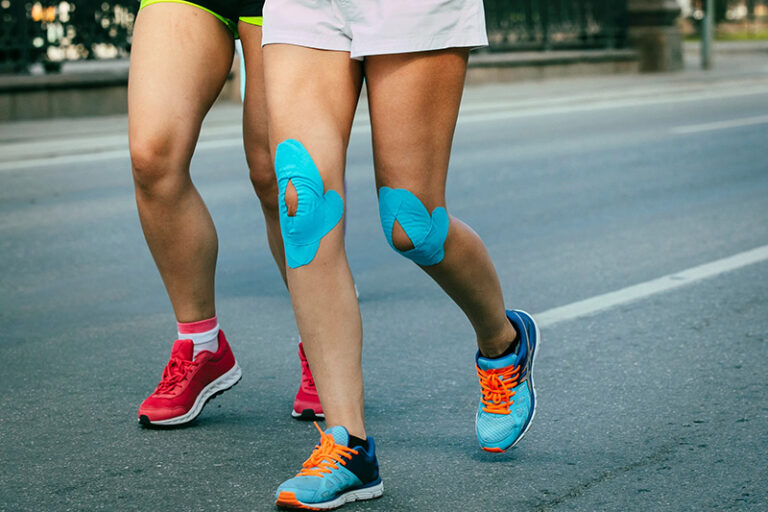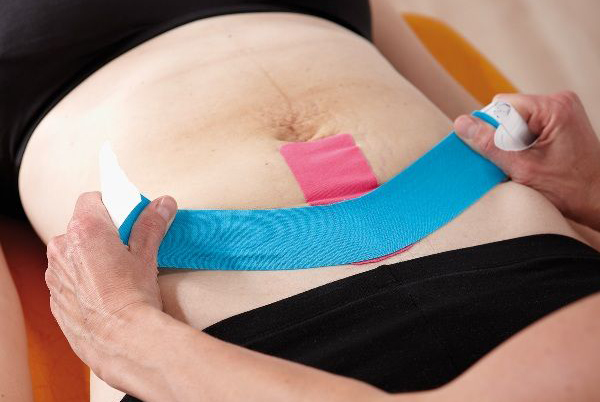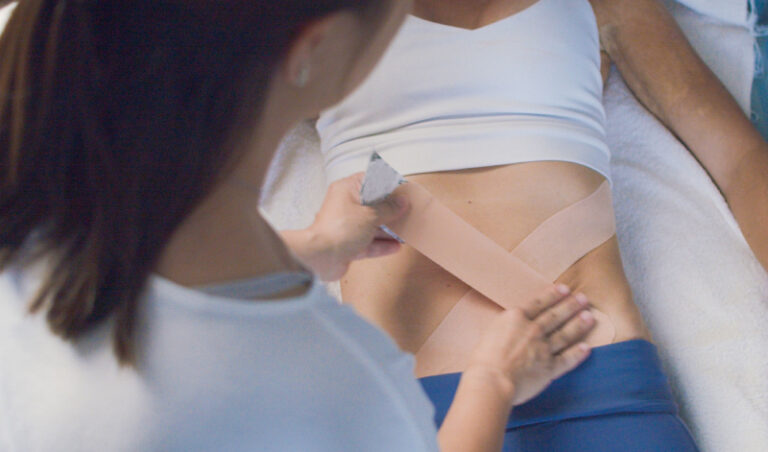There’s a reason why athletes are often seen wearing bandages or tape on their knees. Read on to find out what sport tape knee is, and whether it might be necessary for you or your children.
What Is sport tape knee?
sport tape knee is a type of adhesive tape that is used to support and stabilize muscles and joints. It is also used to prevent or treat injuries. Sport tape can be made from different materials, including cloth, plastic, and metal.
The main purpose of sport tape knee is to provide support to the muscles and joints. It helps to prevent injuries by keeping the muscles and joints in place. It also helps to reduce pain and swelling by providing a barrier between the skin and the injured area. Sport tape can be used on any part of the body, but it is most commonly used on the knees, ankles, shoulders, and elbows.
sport tape knee is available in many different widths, lengths, and colors. It is important to choose the right type of sport tape for the specific injury or condition that you are trying to treat. You should also consider the activity that you will be participating in while wearing the sport tape knee. For example, if you are going to be running, you will need a different type of sport tape than if you are going to be playing basketball.
If you are unsure about which type of sport tape to use, you should consult with a doctor or physical therapist. They will be able to help you choose the best type of sport tape for your needs.

How Does sport tape knee Work?
sport tape knee is a necessity for athletes because it provides support and stability to muscles and joints while also preventing injuries. It is beneficial because it allows athletes to continue playing their sport without having to worry about further injuring themselves.
How does sport tape knee work?
The main purpose of sport tape knee is to provide support and stability to muscles and joints while also preventing injuries. It does this by restricting the range of motion of the joint or muscle, which in turn prevents overstretching and further injury. Sports tape can be applied in a variety of ways depending on the area that needs support. For example, an athlete may tape their ankle to prevent rolling it during a game.
There are many different types of sports tapes available on the market, each with its own unique benefits. Some types of sport tape knee are designed to be more flexible so that they can move with the joint or muscle, while others are meant to be more rigid for added support. Athletic trainers will often use a combination of different types of sports tapes depending on the athlete’s needs.
While sports tape can be very helpful in preventing injuries, it is important to remember that it is not a replacement for proper warm-ups and stretching before physical activity. Tape should only be applied by someone who is trained in how to do so correctly, as improper application can cause more harm than good.
Why Is It Important to Use sport tape knee?
If you are an athlete, then you know that tape is a must-have item in your sports bag. But what exactly is sports tape and why is it so important?
sport tape knee is a type of adhesive tape that is used to support and protect muscles and joints during physical activity. It helps to prevent injuries and provides stability to the joint or muscle area.
There are many different types of sports tapes available on the market, each with their own specific benefits. For example, kinesiology tape is designed to mimic the human skin’s natural elasticity, while providing support and pain relief.
Athletic trainers will often use sports tape as part of their treatment plan for athletes. Tape can be used to treat a variety of injuries, such as sprains, strains, tendonitis, and even shin splints.
While tape should not be used as a substitute for proper medical care, it can be a helpful addition to your injury recovery plan. If you are considering using sport tape knee, be sure to consult with your doctor or athletic trainer first.
When Should I Wear sport tape knee?
There are a few instances where sport tape knee can be beneficial. One is if you have recently suffered an injury and the tape can help support the area as it heals. Another is if you are participating in a high-impact sport or activity where there is a lot of stress on your joints and muscles. The tape can help to provide stability and reduce the risk of further injury. Finally, if you have weak or unstable joints, the tape can help to provide additional support.
Where Should I Apply the sport tape knee?
Taping can be applied anywhere on the body where support is needed or pain relief is desired. However, it is important to avoid any areas that are injured or have open wounds. Some common areas to apply tape include:
-The arch of the foot: Taping the arch of the foot can provide support and pain relief for conditions such as plantar fasciitis.
-The ankle: Taping the ankle can help to prevent sprains and provide support for weak or injured ankles.
-The knee: Knee taping can help with patellofemoral pain syndrome, runner’s knee, and other knee injuries.
-The wrist: Wrist taping can immobilize the joint and provide support for conditions such as carpal tunnel syndrome or a sprained wrist.
How Do I Put on the sport tape knee?
If you’re new to the world of sport taping, the process can seem a bit daunting. But don’t worry – we’re here to help! In this article, we’ll walk you through the basics of how to put on sport tape knee.
First, you’ll need to gather your supplies. You’ll need a roll of sport tape, scissors, and skin prep (we recommend a hypoallergenic adhesive spray). Once you have everything you need, it’s time to get started.
To begin, clean the area where you’ll be applying the tape. This will help ensure that the tape adheres properly and doesn’t cause any irritation. Next, cut a strip of tape that’s long enough to cover the area you’re working with.
Now it’s time to apply the tape. Start by peeling off a small section of the backing. Then, smooth the adhesive side of the tape onto your skin. Be sure to apply firm pressure so that the tape adheres well. Continue until the entire area is covered.
Finally, remove the remaining backing and smooth down any edges that are sticking up. That’s it – you’re done! Now you know how to put on sport tape knee like a pro.

Tips and Precautions for Applying the Tape
When applying sport tape knee, it is important to take some precautions in order to avoid irritation or injury. Here are some tips to follow:
-Clean the area where the tape will be applied with soap and water. This will help to remove any oils or dirt that could potentially cause irritation.
-If you have sensitive skin, you may want to apply a thin layer of petroleum jelly to the skin before applying the tape. This will create a barrier between your skin and the tape.
-Be sure to smooth out any wrinkles in the tape before applying it to your skin. Otherwise, you may experience discomfort when moving or stretching.
-Apply the tape gently, being careful not to pull on the skin. If the tape is applied too tightly, it can cause pain or irritation.
-Remove the tape carefully, again being careful not to pull on the skin. If the tape is removed too quickly, it can also cause pain or irritation.
Additional Uses for Athletic Taping
Athletic taping can also be used to help with proprioception. Proprioception is the awareness of where your body is in space. It’s what allows you to know where your limbs are without having to look at them. Many athletes have poor proprioception due to years of training with poor form or from previous injuries. This can lead to joint pain, muscle imbalances, and further injuries. Taping can provide feedback to the athlete and help improve proprioception.
Athletic taping can also be used for preventative purposes. Taping an area before it becomes injured can help support the area and prevent further injury. This is often done with high-risk areas such as the knees, ankles, and shoulders.



